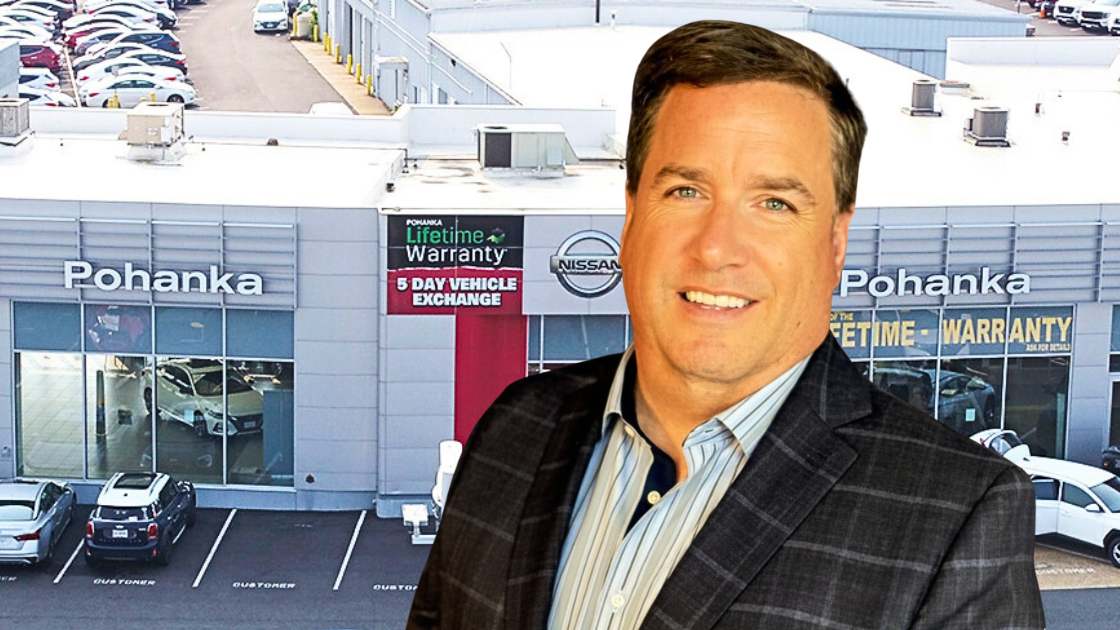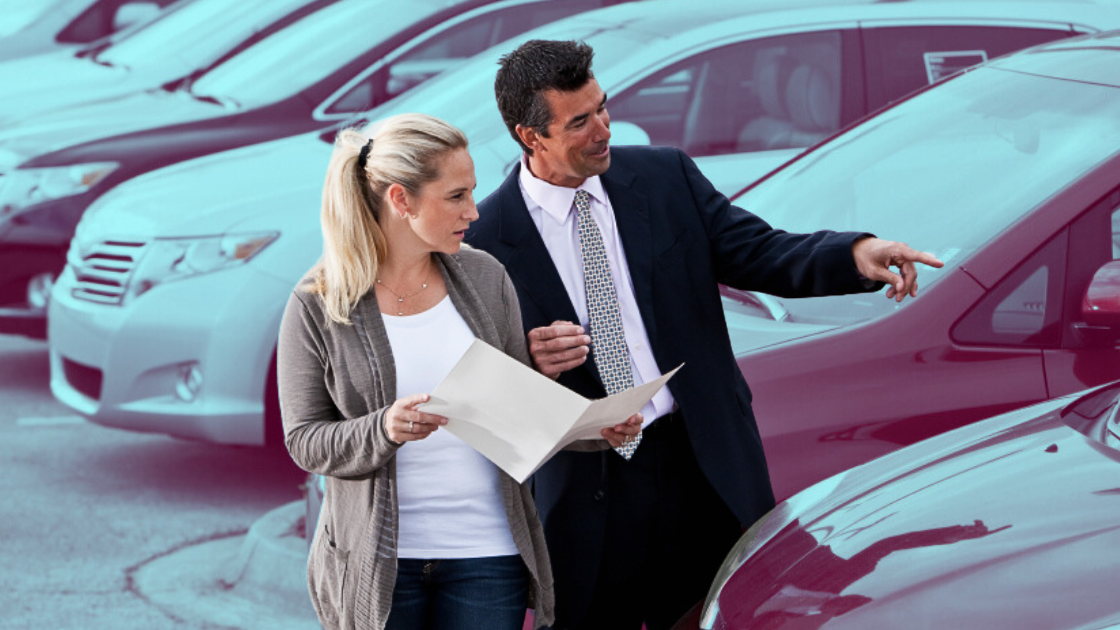
J.D. Power’s 2025 EV App Report is out, and the verdict is clear: more EV owners are turning to their brand’s EV apps every time they drive.
However, the experience still isn’t where it needs to be.
Let’s break it down: When we say “EV apps,” we aren’t referring to just bells and whistles.
These are digital command centers—used to unlock the car, check battery status, pre-condition the cabin, and plan charging routes.
In other words, they shape how the car fits into everyday life.
At a high level: Tesla continues to dominate this space, topping the J.D. Power rankings with a score of 864 out of 1,000.
Per J.D. Power, 79% of Tesla drivers now use the app every time they hop in the car, up from 69% last year. And the kicker? They like it.
Tesla users gave the app a 7.9 out of 10 in satisfaction, backed by fast, reliable performance.
Not too surprising either, given that 40% of Tesla drivers expect their app to respond within 1–2 seconds, with most reporting that it does.
Meanwhile, non-Tesla drivers are a bit more forgiving (3–5 seconds), but the delays still pile up. And that’s part of what keeps Tesla out front.
In the mass market: Hyundai’s Bluelink app leads the pack with a score of 820, followed by Kia Access (808) and MINI (797). These apps are doing a better job balancing feature availability, consistency, and ease of use.
At the other end: Subaru Solterra Connect ranks lowest among mass-market apps at 598, while Acura EV comes in last on the premium side with a score of 542.
Point being: There are standouts, but industrywide, plenty of pain points still drag the experience down.
Take non-Tesla drivers, for example:
37% still deal with dropped connections and delayed updates
More than half haven’t even tried paying for charging through the app
And features like trip planning or scheduled charging? Plenty skip them entirely, with 43% saying they’ve never scheduled a charge
In short, the tools are there. But for a lot of drivers, they’re either hard to find, hard to trust, or just not explained well.
What they’re saying: “EV owners are telling J.D. Power exactly what they need: reliable performance and connectivity to interact with their vehicles,” said Violet Allmandinger, mobile apps lead at J.D. Power.
This is (in part) where the dealer comes in.
Sure, you can’t rewrite the app. But you can shape how buyers first experience it, and that’s where there’s real opportunity.
Try this: Build in a quick, brand-specific app walkthrough—whether it’s during delivery, a follow-up call, or a service visit. And don’t just run through the basics.
Call out the features that work well, and flag the ones that tend to trip people up.
Why? Because, as the report shows, not all apps are created equal.
And a little context goes a long way. Plus, when buyers know what to expect (and what’s worth using), they leave more confident, more connected, and far less likely to come back frustrated.
Zooming out: This is just about making small, smart moves that give your customers a better shot at a smoother ownership experience. And in a space where expectations are high and the tech still has a few rough edges, that kind of clarity can make all the difference.
Outsmart the Car Market in 5 Minutes a Week
No-BS insights, built for car dealers. Free, fast, and trusted by 95,000+ auto pros.
Subscribe now — it’s free.
Courtesy transportation is no longer a nice-to-have.
It’s a need-to-have.
That’s why 80% of dealership respondents agree that providing courtesy rides with Uber has helped retain customers, based on Uber’s survey of 79 organizations in 2023.
With Central, you can request an Uber ride on behalf of your customers, even if they don’t have the Uber app. Car dealerships love using Uber because it’s a simple way to offer white-glove customer service, supplement loaner cars or shuttles, and manage parts pickup and delivery.
Dealers can request one-way or round-trip rides, add multiple riders and locations, set spend caps, and even monitor trips in real time.
Plus, you'll get monthly reports to keep track of everything.
If you’re ready to reduce the costs associated with maintaining shuttles and limit the liability of loaner vehicles, it's time to partner with Uber for Business.
Visit t.uber.com/CDGauto today to learn more.











